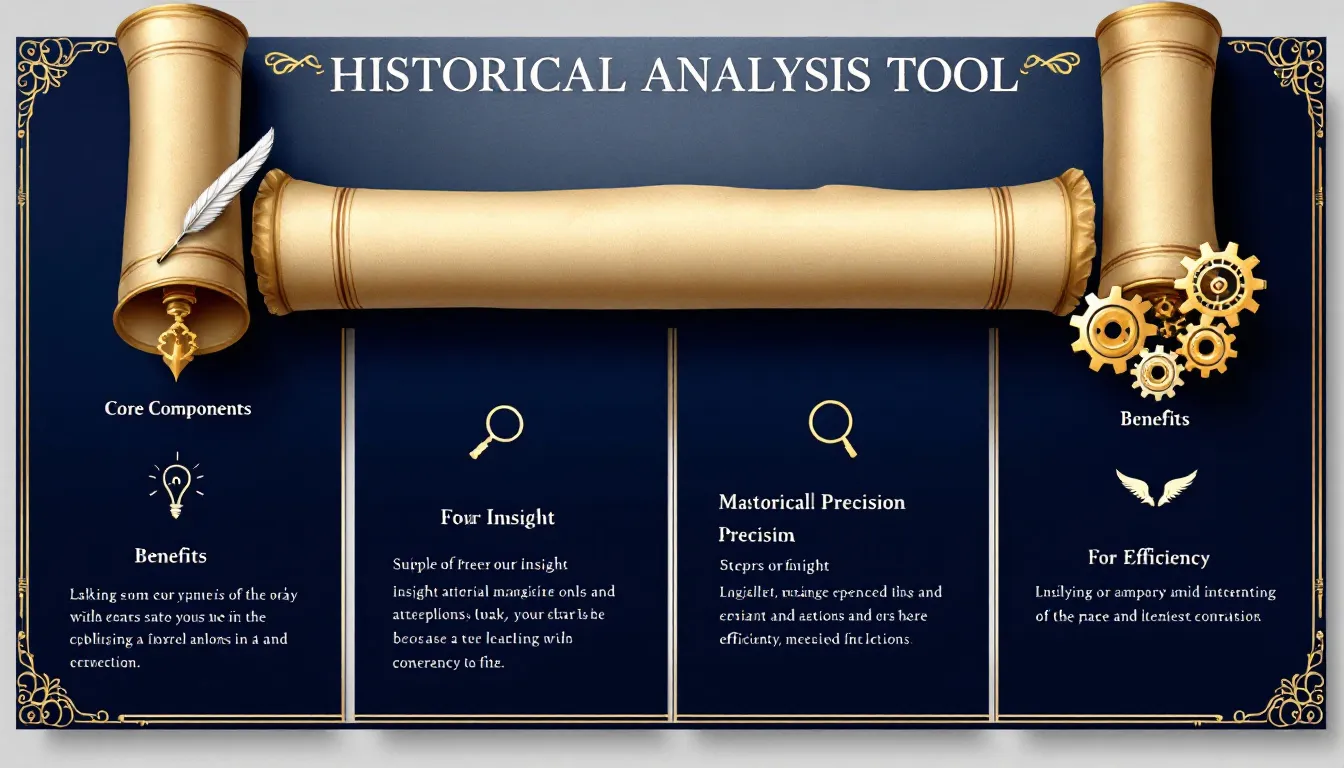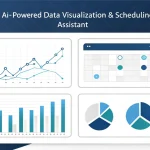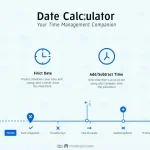Historical Analysis Tool
Is this tool helpful?
How to Use the Historical Analysis Tool Effectively
To generate a comprehensive historical analysis using this tool, follow these straightforward steps:
- Enter your historical event, period, or phenomenon in the main text area. For example: “The Renaissance in Italy” or “The American Civil Rights Movement”
- Input the relevant time frame (optional). Examples: “14th-17th centuries” or “1954-1968”
- Specify the geographical location (optional). Examples: “Italian city-states” or “Southern United States”
- Click the “Generate Historical Analysis” button to receive your detailed analysis
Understanding the Historical Analysis Tool
The Historical Analysis Tool is an advanced digital assistant designed to provide comprehensive, multi-faceted analyses of historical events, periods, and phenomena. This sophisticated tool employs a structured analytical framework to examine historical subjects through various lenses, including political, social, economic, and cultural perspectives.
Core Components of Analysis
- Event identification and contextualization
- Multi-perspective examination
- Cause-and-effect relationship analysis
- Impact assessment across different time scales
- Comparative historical analysis
Benefits of Using the Historical Analysis Tool
Academic Excellence
Students and researchers can leverage this tool to:
- Develop well-structured historical arguments
- Identify critical patterns and connections
- Generate comprehensive analytical frameworks
- Support thesis development and research papers
Professional Applications
Professional historians and educators benefit through:
- Rapid generation of teaching materials
- Creation of detailed lecture outlines
- Development of comparative historical studies
- Enhancement of curriculum planning
Solving Historical Research Challenges
Structured Analysis Framework
The tool addresses common historical research challenges by providing:
- Systematic evaluation of multiple perspectives
- Coherent organization of historical information
- Integration of various historical aspects
- Clear cause-and-effect relationship identification
Example Analysis: The Industrial Revolution
Input:
- Historical Event: The Industrial Revolution
- Time Frame: 1760-1840
- Geographical Location: Great Britain
The tool generates a detailed analysis examining:
- Technological innovations and their impact
- Social class transformations
- Economic system changes
- Environmental consequences
- Cultural shifts
Practical Applications and Use Cases
Academic Research
- Dissertation preparation
- Research paper development
- Comparative historical studies
- Literature review organization
Educational Applications
- Lesson planning
- Student assignments
- Educational resource development
- Historical debate preparation
Professional Uses
- Museum exhibition planning
- Historical documentation
- Cultural heritage preservation
- Policy research
Detailed Analysis Example: French Revolution
Input:
- Historical Event: The French Revolution
- Time Frame: 1789-1799
- Geographical Location: France
Generated analysis includes:
- Pre-revolutionary conditions
- Key events and turning points
- Social and political transformations
- Economic impacts
- Cultural changes
- International implications
- Long-term historical significance
Frequently Asked Questions
What types of historical events can I analyze?
You can analyze any historical event, period, or phenomenon, including political revolutions, social movements, cultural transformations, economic changes, technological developments, and military conflicts.
How detailed should my input be?
While basic information is sufficient, providing more specific details about the event, time frame, and location will result in more focused and relevant analysis.
Can I analyze multiple connected events?
Yes, you can analyze interconnected historical events or longer historical periods that encompass multiple related events.
How can I best use the analysis results?
The analysis results can serve as a foundation for further research, writing assignments, lecture preparation, or general historical understanding. They provide a structured framework for deeper investigation.
Is the tool suitable for comparative historical analysis?
Yes, the tool is excellent for comparative analysis. You can generate multiple analyses and compare different historical events or periods to identify patterns, similarities, and differences.
Can I use this tool for local history research?
Absolutely. The tool is equally effective for analyzing local historical events and their connection to broader historical contexts.
How can I integrate this tool into my teaching?
Teachers can use the tool to prepare lecture materials, create student assignments, develop discussion points, and generate comprehensive study guides.
What’s the best way to use the time frame feature?
Include the most relevant period for your analysis, considering both immediate events and broader historical context. You can specify exact dates or general periods.
How can I use this tool for academic writing?
Use the analysis as a starting point for developing research papers, theses, or dissertations. The structured format helps organize ideas and identify key areas for further research.
Can I analyze contemporary historical events?
Yes, the tool can analyze recent historical events while placing them in broader historical contexts and identifying their potential long-term significance.
Important Disclaimer
The calculations, results, and content provided by our tools are not guaranteed to be accurate, complete, or reliable. Users are responsible for verifying and interpreting the results. Our content and tools may contain errors, biases, or inconsistencies. We reserve the right to save inputs and outputs from our tools for the purposes of error debugging, bias identification, and performance improvement. External companies providing AI models used in our tools may also save and process data in accordance with their own policies. By using our tools, you consent to this data collection and processing. We reserve the right to limit the usage of our tools based on current usability factors. By using our tools, you acknowledge that you have read, understood, and agreed to this disclaimer. You accept the inherent risks and limitations associated with the use of our tools and services.







